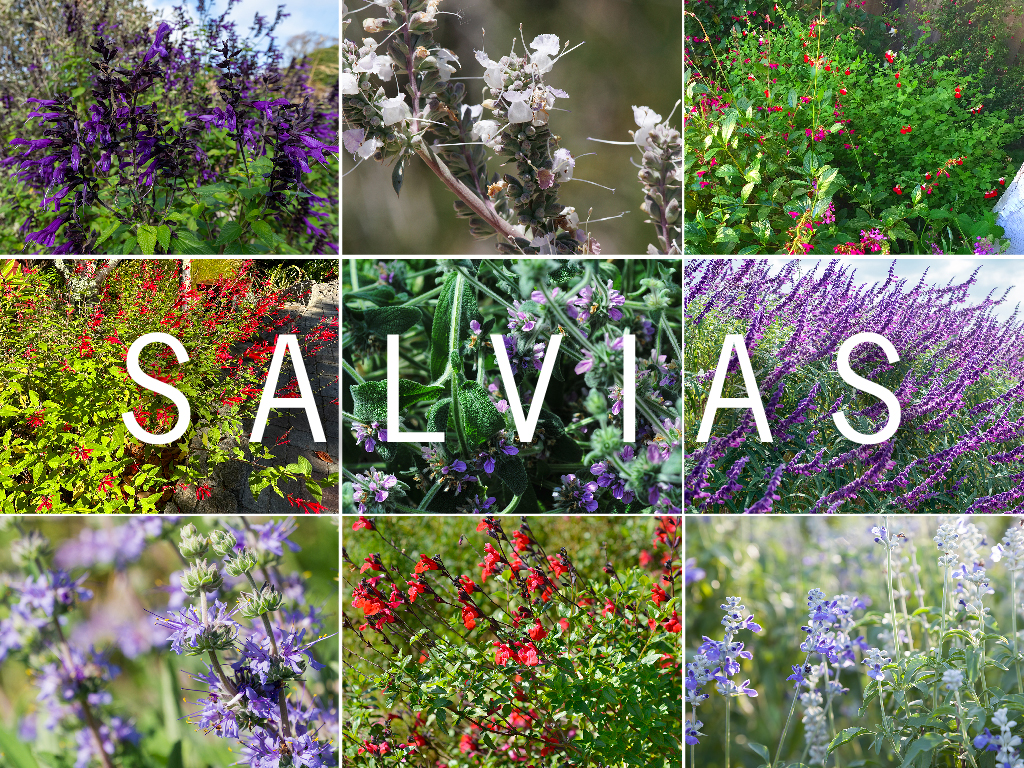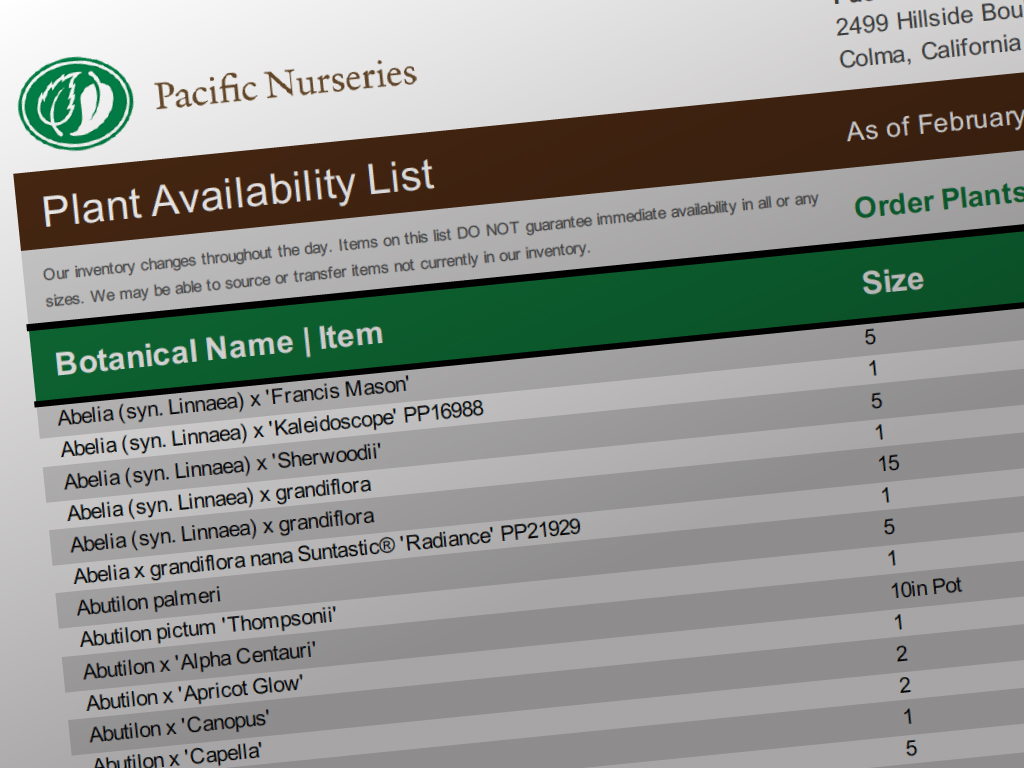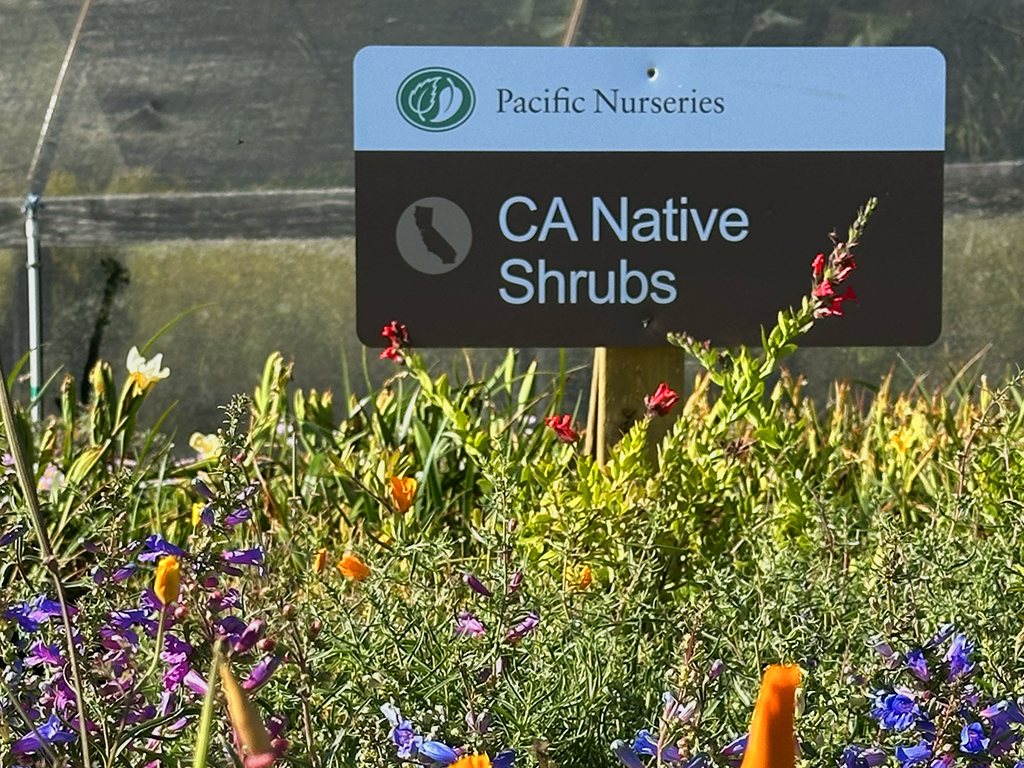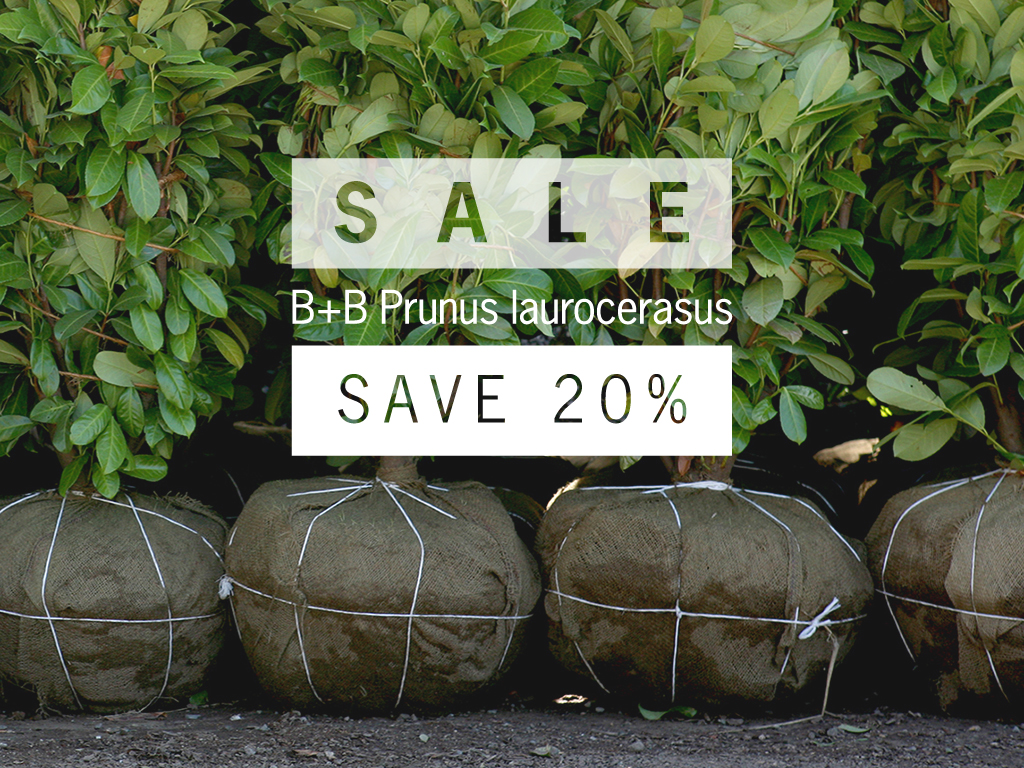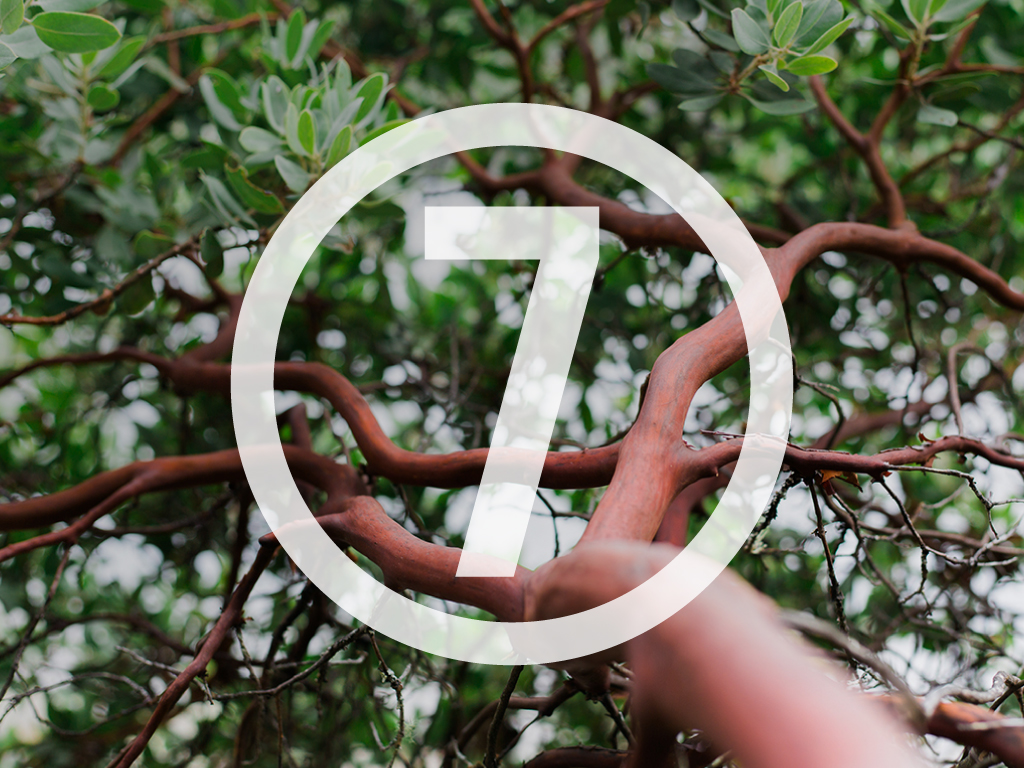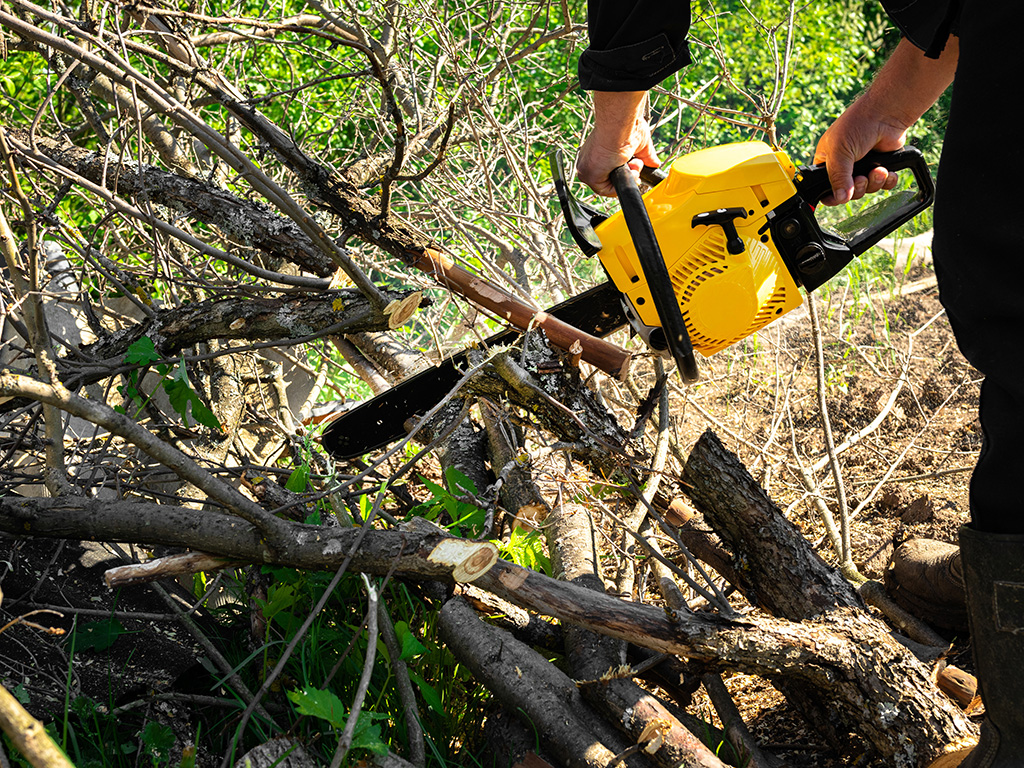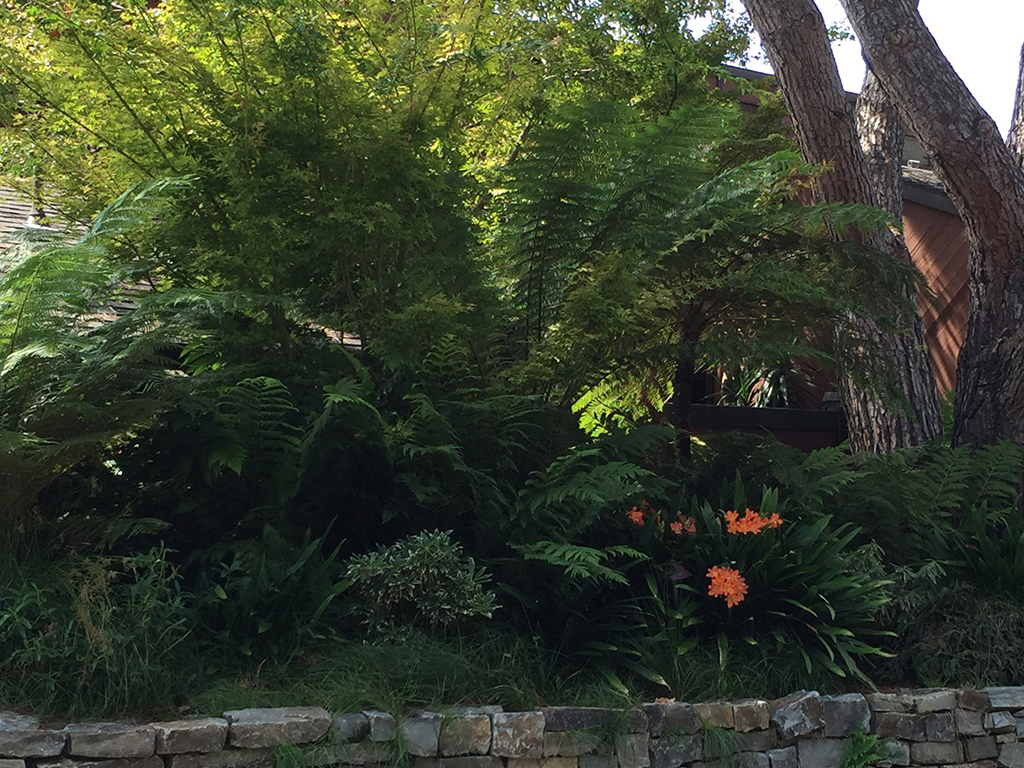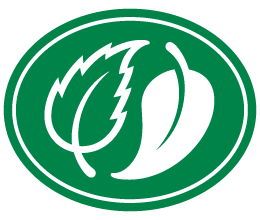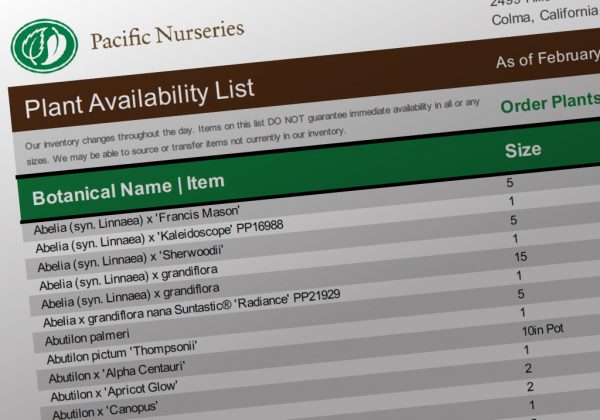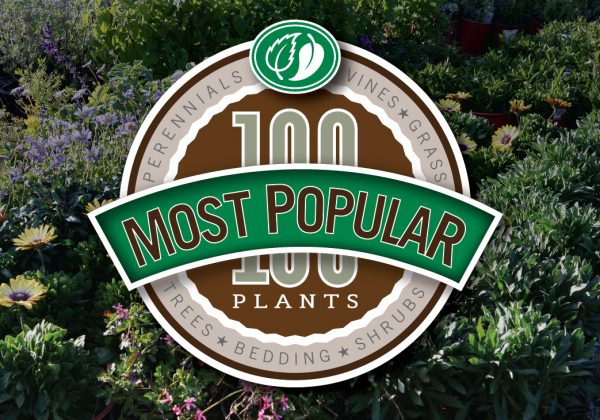These amazing plants offer an attractive group of features that are perfectly aligned with our region’s Mediterranean climate and diverse landscape conditions.
Picture perfect Salvias for the Bay Area
In our mild, wet winters and dry summers, Salvias thrive throughout the Bay Area—even during climate-change-related heat waves or coastal, damp, foggy days.As design components in a landscape, Salvias can be used in a variety of ways to create beautiful, low-maintenance gardens. When planted in larger groups, they create bold swathes of color and contrasting grey-green leaf textures. They can also be very effective when used as accents for adding interest and intense spot color to a border.
Their versatility and adaptability are perfect for small gardens, urban spaces, and featured containers.
Salvias are generally summer-dry tolerant. And, fortunately, many species are deer-resistant. Many are also very tolerant of rocky and clay soils that are pervasive throughout our region.
What’s not to love about Salvias?
The aromatic attraction of Salvias
With nearly 1000 species of shrubs, herbaceous perennials, and annuals, Salvia can be found growing in deserts, grasslands, forests, and mountains throughout the world. They are prized as beautiful, ornamental plants and herbs with distinguishing, aromatic foliage.Many Salvia have fine hairs that grow on the leaves, stems, and flowers which are called trichomes. These functional and tactile features help to reduce water loss and sustain plant moisture. The trichomes also secrete volatile oils that provide distinctive plant aromas.
When the hairs are rubbed or brushed, some of the oil-bearing cells are ruptured, thereby releasing the oil. As a result, Salvias are mostly unattractive to grazing animals—especially voracious deer and even some insects.
Blooming beauty all seasons long
Depending on the species, Salvias can bloom from early spring through to the fall. Some species, such as Salvia nemorosa and Salvia pratensis, bloom in early summer. Others, such as Salvia guaranitica and Salvia leucantha, may not bloom until late summer or early fall.The specific bloom time can also be influenced by growing conditions such as temperature, light, and moisture levels. In general, Salvias prefer full sun to partial shade and can perform well in challenging soils. In the right conditions, it’s not uncommon for Salvias to bloom continuously for several months.
Removing spent flowers can help to prolong the bloom time of most Salvias. This minor maintenance routine encourages the plant to produce more flowers, rather than putting energy into producing seeds. Deadheading also helps to keep the plant looking tidy and prevents the spread of diseases that can be carried by spent flowers.
Britt Callaway | Callaway Landscapes
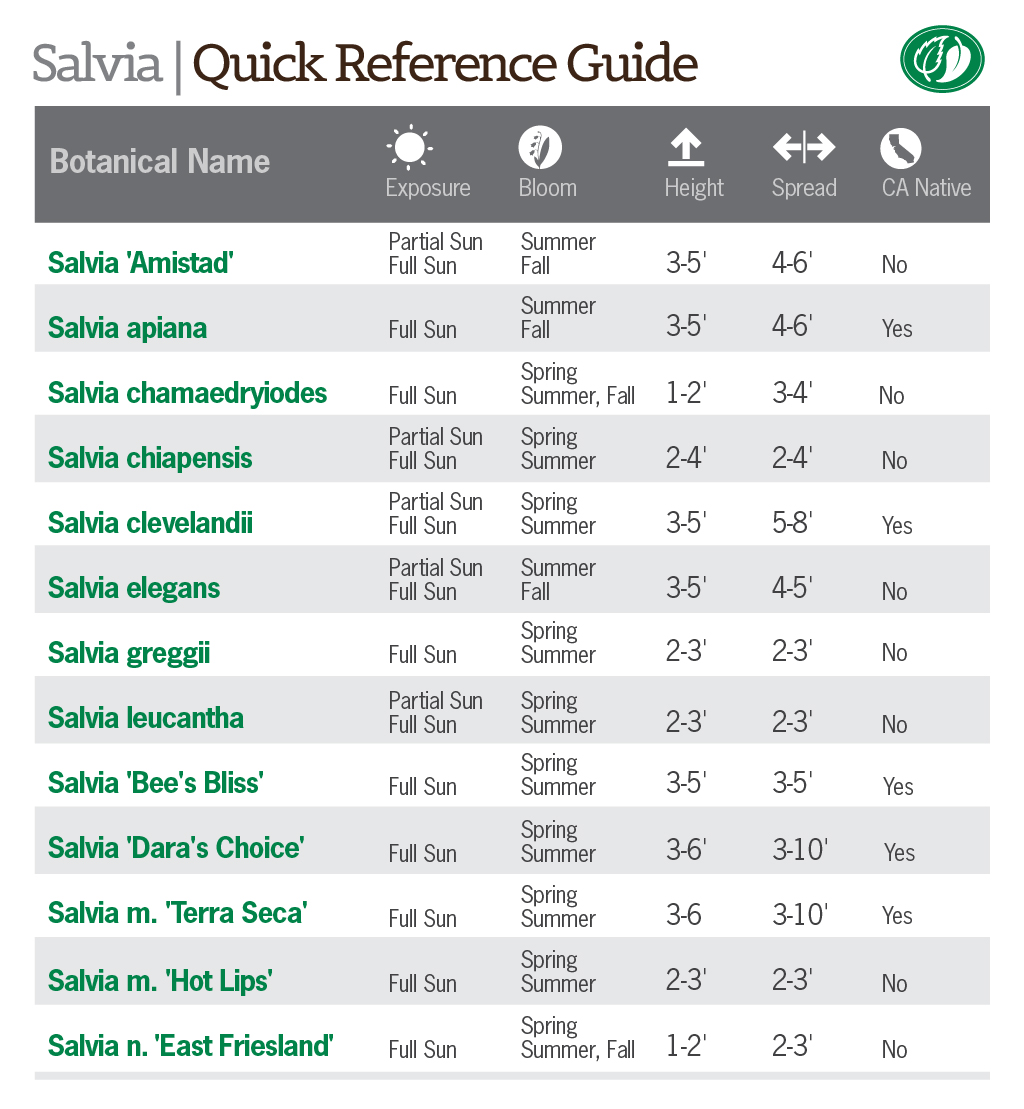
So many Salvias
Some of the most commonly grown species of Salvia include Salvia officinalis, which is commonly known as sage and is used in cooking. Salvia splendens is also a very popular plant for Bay Area landscapes that blooms with bright red, pink, or purple flowers.With some help from the many talented Landscape Pros that we work with, we are featuring a great group of Salvias—including many CA natives—that could be just the right solution for your landscape project. Consider adding a group to your seasonal planting plans.
Popular + Versatile Salvias
Salvia ‘Amistad’
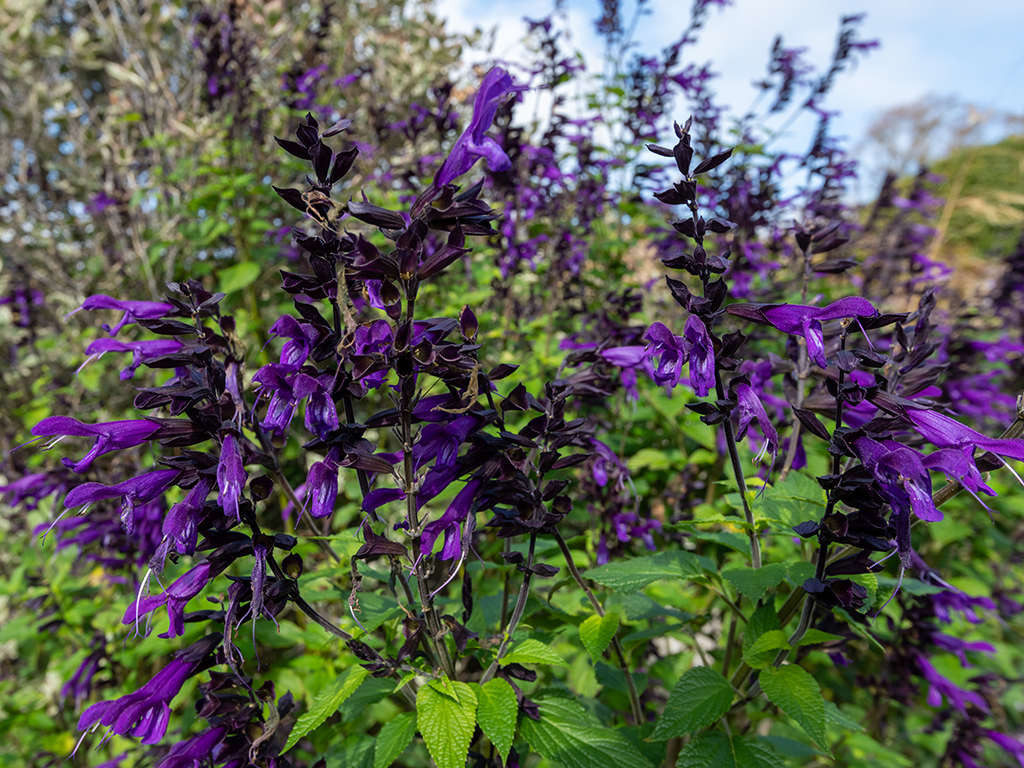
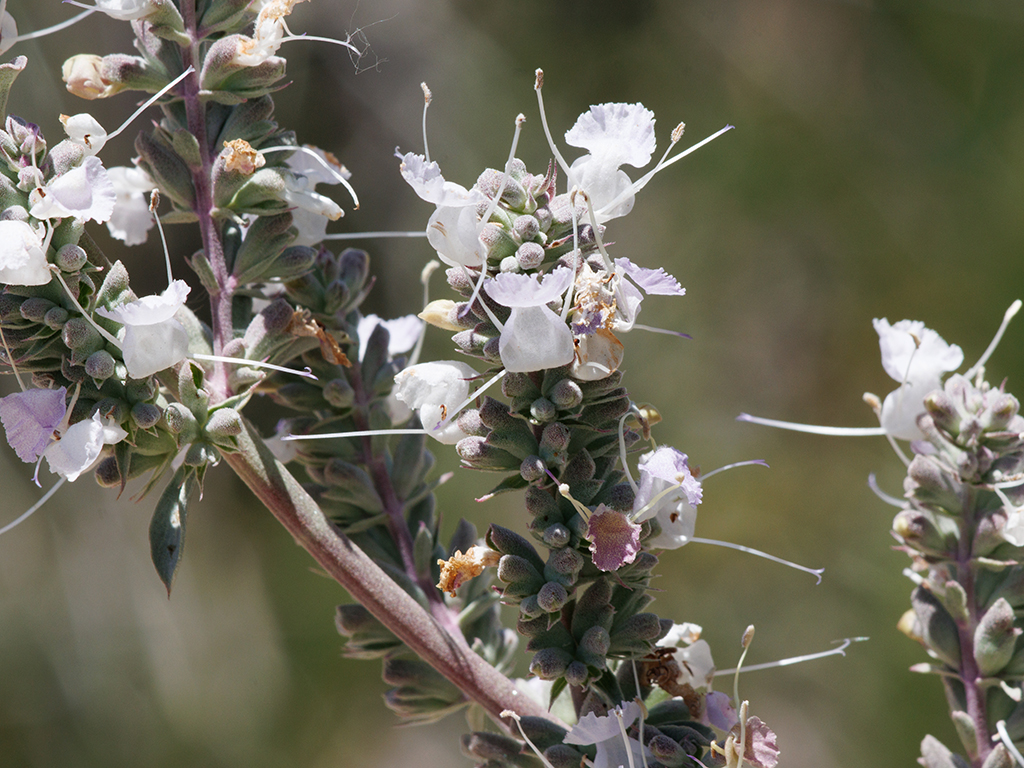
Salvia chamaedryiodes
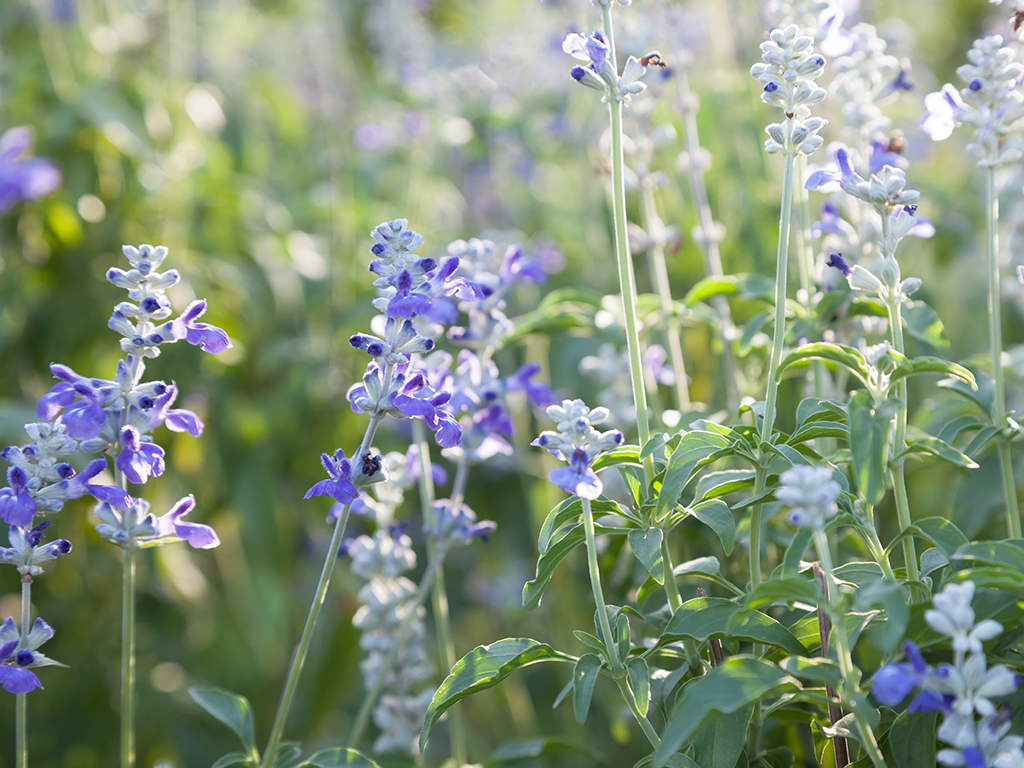
John Lakian | Lakian Landscapes
Salvia chiapensis
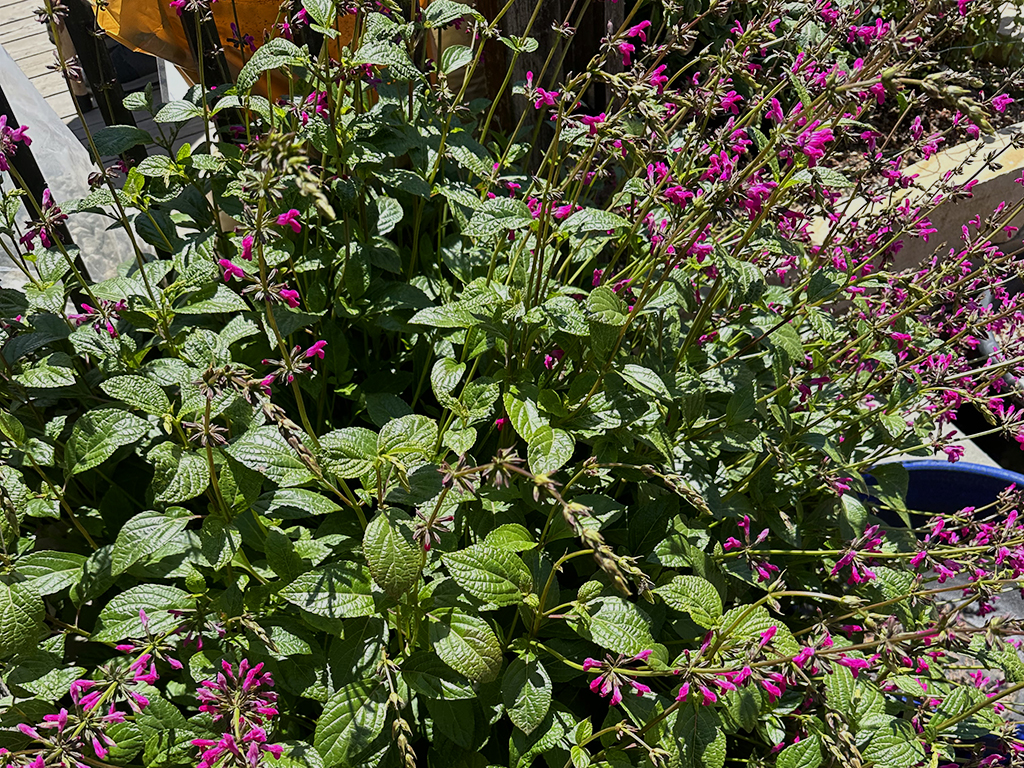
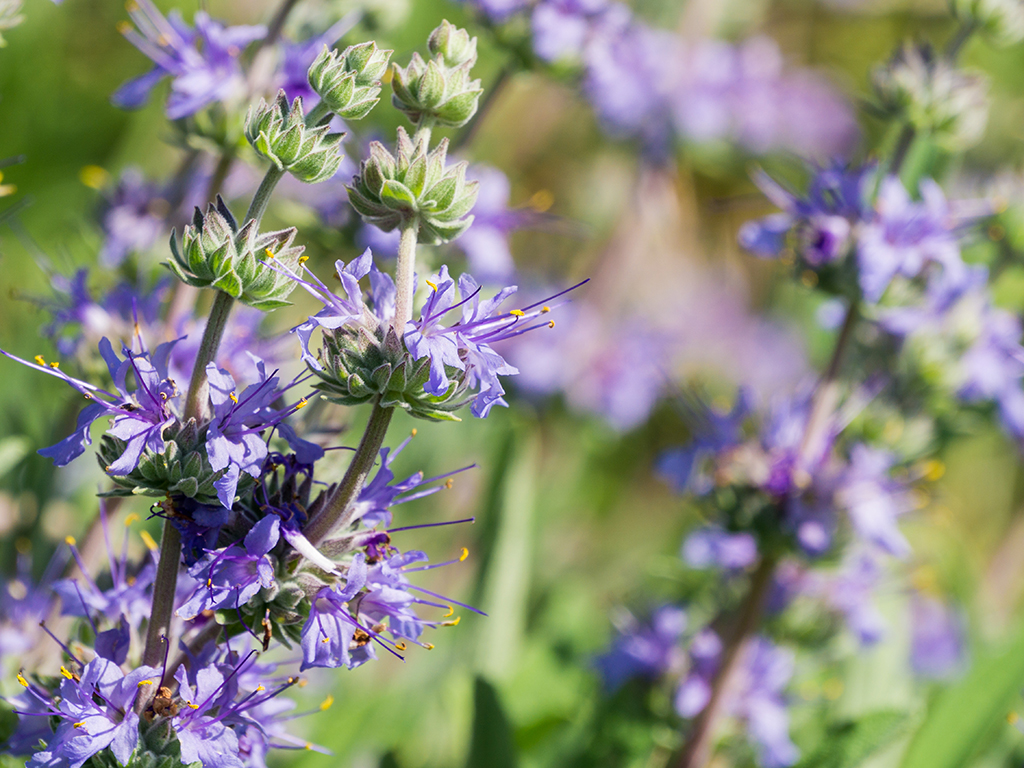
Salvia elegans
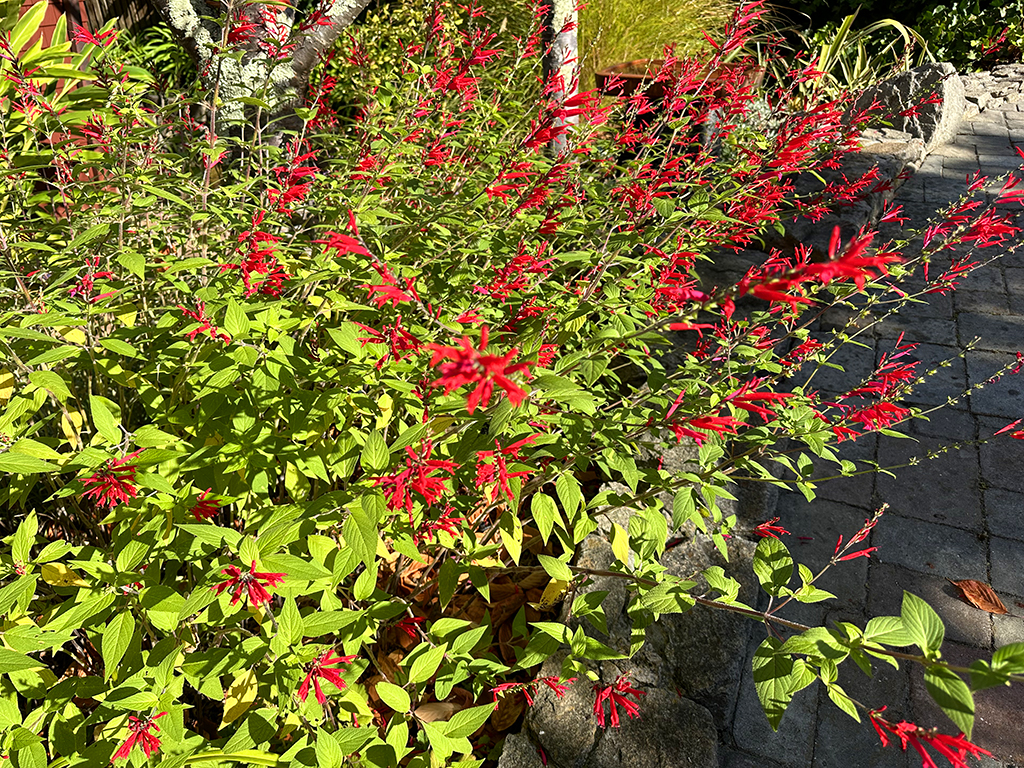
Salvia greggii
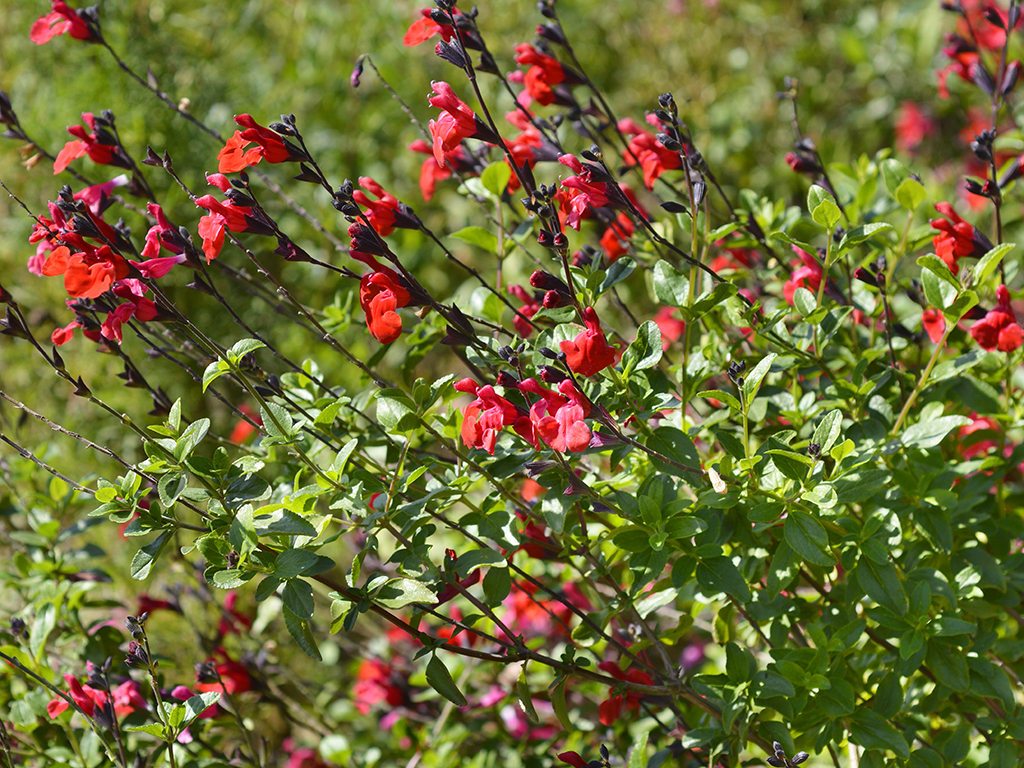
Salvia greggii is an evergreen subshrub that features aromatic light green glabrous leaves with delicate, magenta-red, white, yellow, or purple flowers that appear on the branch tips throughout summer and into fall. This Salvia prefers full sun, well-drained soil with only occasional irrigation. This is an attractive and tough, summer-dry-tolerant plant that is incredibly attractive to hummingbirds and butterflies. Even better, deer are just not interested in it.
Salvia leucantha

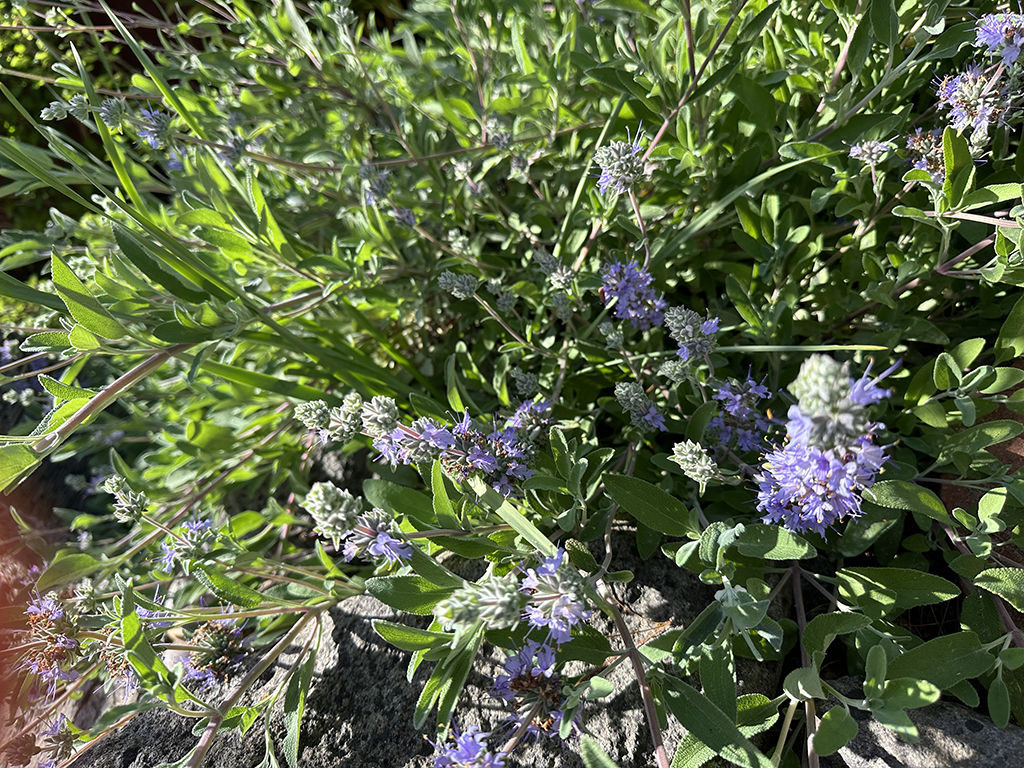
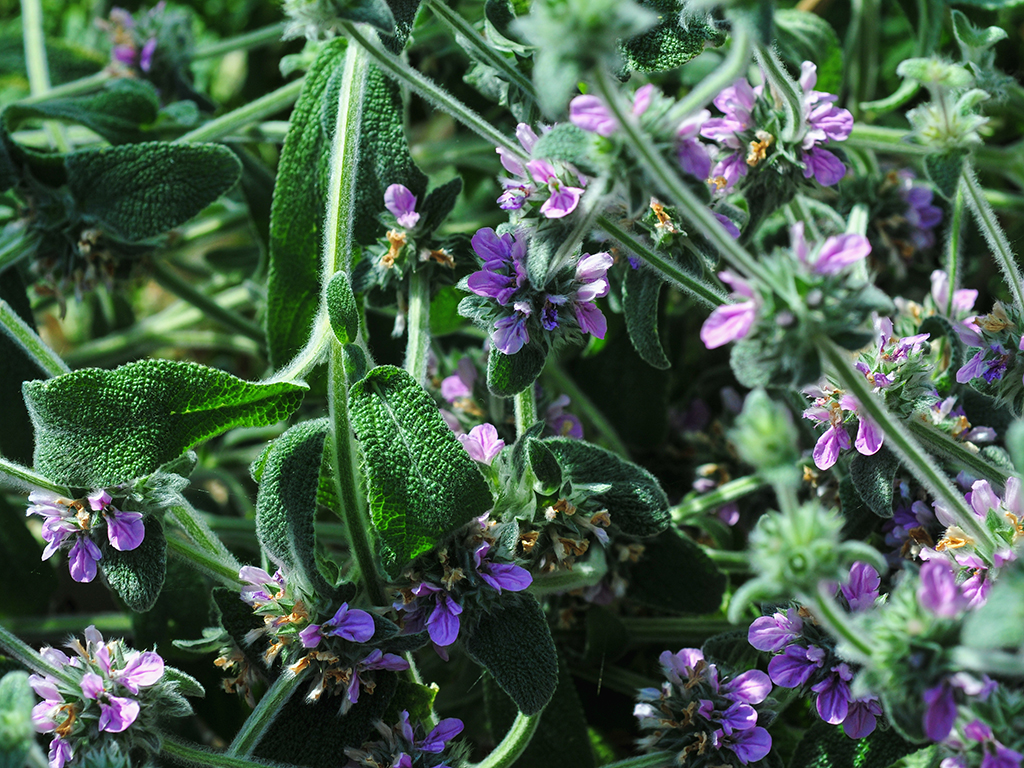
Raul Campos | Raul Campos Landscapes
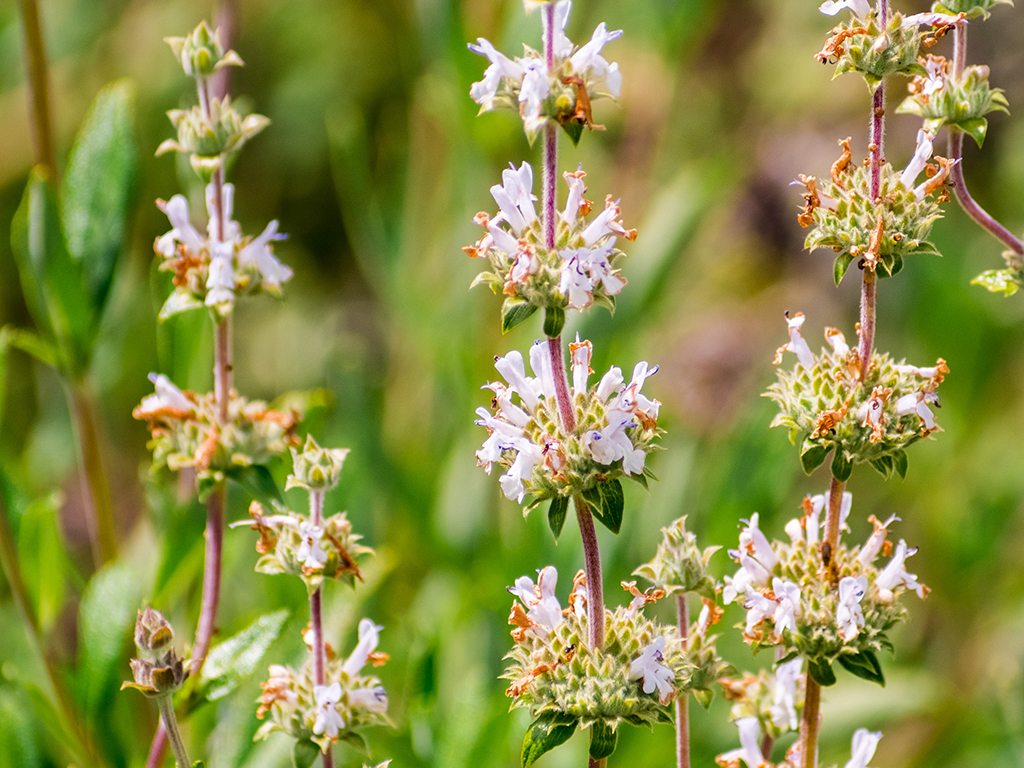
Salvia microphylla ‘Hot Lips’
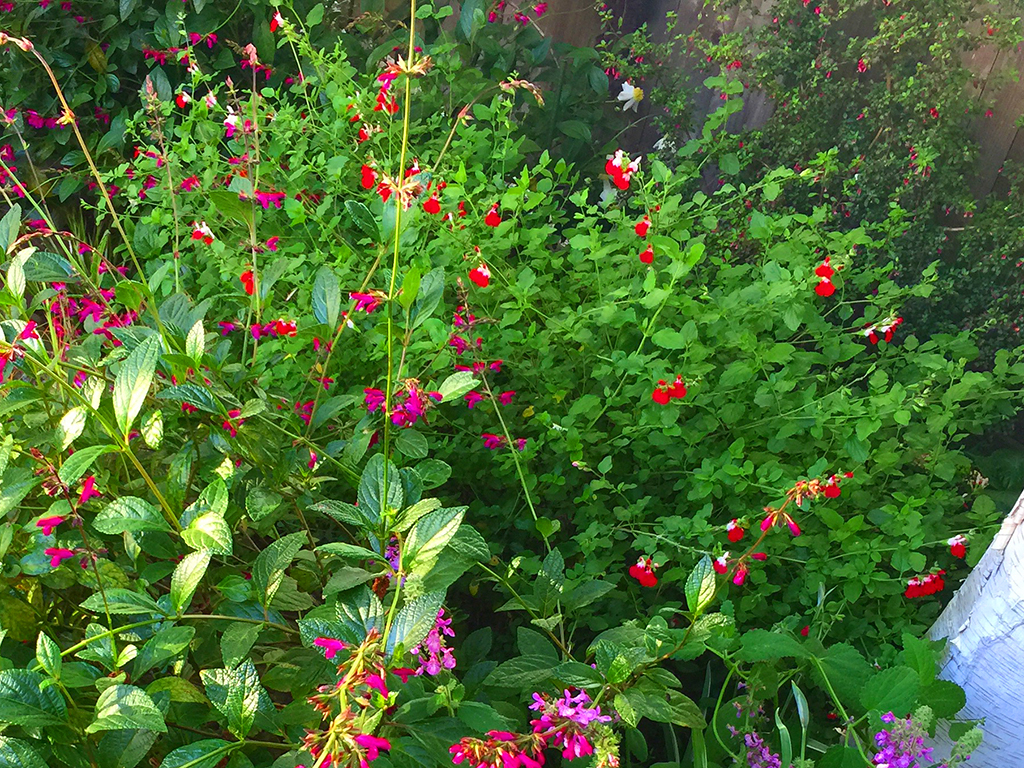
Salvia nemorosa ‘East Friesland’
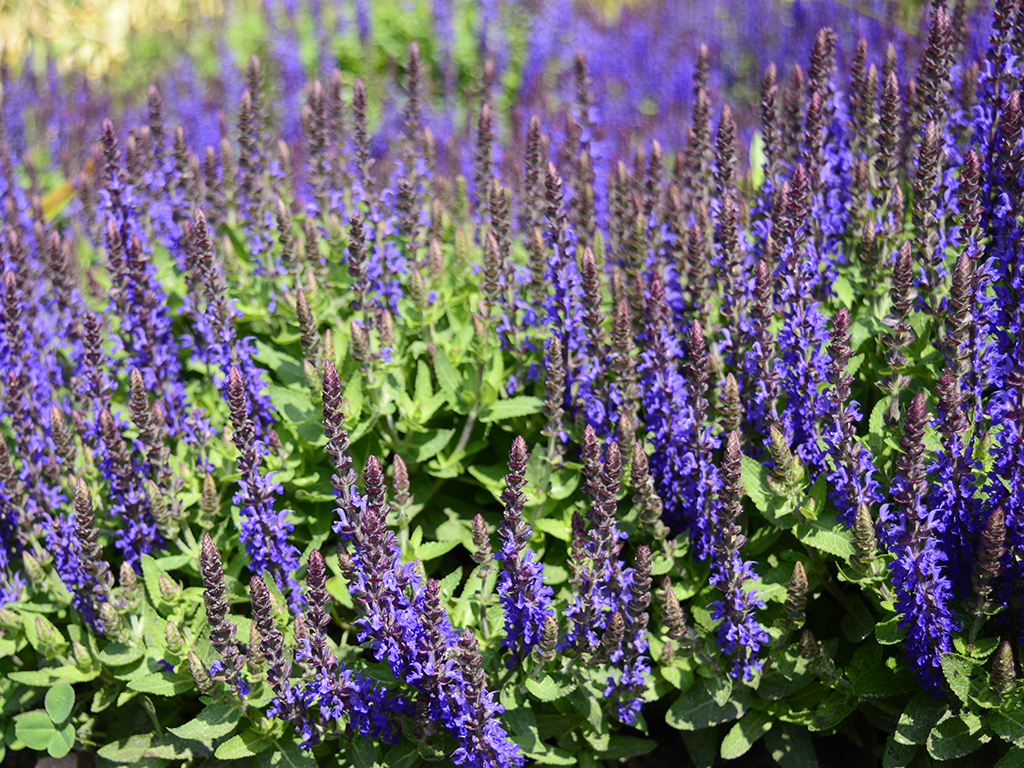
Ready to integrate some amazing Salvias into your project?
If you want to learn more about selecting the right Salvia for your project, contact any of our Customer Service experts by clicking on the PHONE icon below their name to call. Or click on the ENVELOPE icon below their name to send an email directly to them. If that’s all too complicated, just reach out at 650.755.2330. You can also check out our Plant Availability List. This comprehensive list is updated weekly and it will tell you plant sizes, quantities, and details about what’s available for sale right now at our Colma location. But if you don’t see what you’re looking for, let us know and we’ll do all that we can to get you all the plants that you want, when you need them.As Chief Executive Officer of Pacific Nurseries, Will Baldocchi focuses on operations management, sales, and how to improve the customer experience at Pacific Nurseries. He also continues a proud family tradition of helping Bay Area Landscape Professionals succeed with high-quality landscape material and great service. Email Will or give him a call at 650.755.2330.

